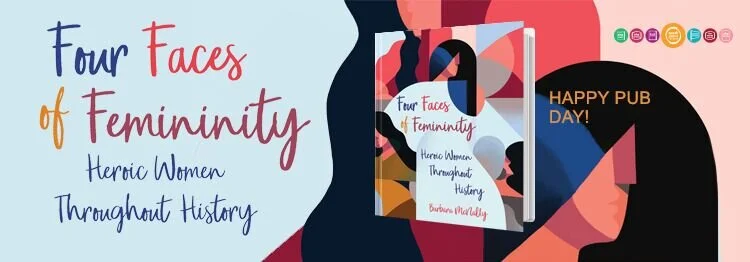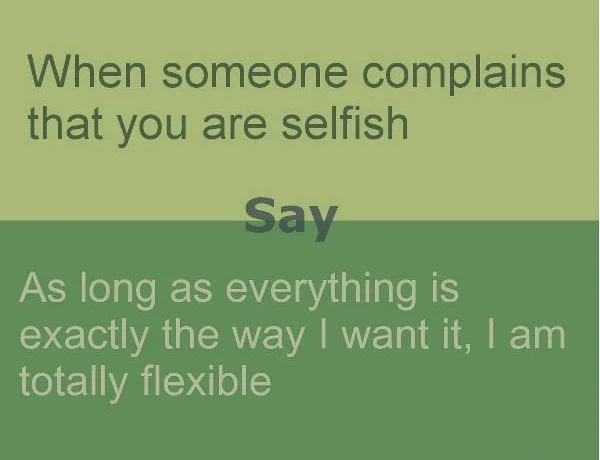I hope everyone had a food-, family-, and fun-filled Independence Day this month! Since we're celebrating the birth of our nation, I've got historical American heroines on my mind. And although she did her groundbreaking work almost one hundred years after we won our independence, I'd like to focus today on a woman who changed our nation (and the world) for the better: Clara Barton.
“I have an almost complete disregard of precedent, and a faith in the possibility of something better. It irritates me to be told how things have always been done. I defy the tyranny of precedent. I go for anything new that might improve the past.”
~ Clara Barton
Compassion embodied
Born in 1821 in Oxford, Massachusetts, Clarissa Harlowe Barton was called simply “Clara” by her family and friends. During a time period when women were expected to keep house and keep quiet, Clara was a rebel! She soaked up every ounce of education her family would give her, and schooled herself in the ways of the world by working as a clerk and bookkeeper for her oldest brother.
But she was also somewhat shy, and always on the lookout for ways to be helpful to others. When her brother David was injured in an accident, 10-year-old Clara basically put herself in charge of watching over him. The doctor taught her how to administer his medication, and she continued to care for him long after everyone else had given up hope. Under her watchful eye, he eventually made a full recovery, and Clara knew she'd found her calling.
First, though, she needed to grow up a little. She studied hard and, at the ripe old age of 17, became a school teacher herself. This accomplishment is even more impressive since most teachers in this era were men. Although nursing pulled at her heart, she also adored working with children and finding ways to relate to them. (Growing up with rambunctious brothers helped a lot!) Her career as an educator included founding and running the first free school in New Jersey. But after the institution grew to 600 students, Clara was ousted by a man elected by the school board. They (foolishly) believed that running such a large organization was “man's work.”
Fearless and equality-minded
“I may sometimes be willing to teach for nothing, but if paid at all, I shall never do a man's work for less than a man's pay.
~ Clara Barton
Disillusioned and angry, Clara knew she needed a change. Sick of the long, cold New England winters, she decided to try her luck in warmer Washington, D.C. There, in 1855, she took a job that became another in her long list of firsts: She became a clerk in the U.S. Patent Office, where she was one of the first women to work for the federal government. Unwilling to stomach the same treatment she'd gotten in New Jersey, she demanded a salary equal to a man's salary!
This triumph didn't last long. Clara was staunchly against slavery, and being vocal about her political opinions made her too controversial for a government job.
Shortly after she was fired, the Civil War broke out.
Natural nurse and brave care-giver
“I may be compelled to face danger, but never fear it, and while our soldiers can stand and fight, I can stand and feed and nurse them.”
~ Clara Barton
As soon as she got word that the war had begun, Clara knew she needed to act. While the military focused on mobilizing and the public was in a panic, she put her energy toward helping the men in uniform, some of whom were already wounded, many hungry, and some without anywhere to sleep or any clothing besides what they had on their backs. She was pragmatic, organized, and clear-headed. She collected some relief articles on her own, appealed to the public for more, and figured out how to store and distribute them to “her boys.” Clara's huge heart shone through in her efforts to keep their spirits up: she read to them, wrote letters for them, and prayed with them.
But after a few months she knew that where she was needed most was not in Washington, but on the battlefields.
Having gathered a small force of support volunteers and nurses around her, she campaigned to bring her expertise and much-needed supplies to the front lines. In August of 1862, she arrived at a Virginia field hospital at midnight with a wagon-load of supplies, to the unspeakable relief of the surgeon in charge. After that, Clara earned the nickname, “Angel of the Battlefield,” tending to injured and distraught soldiers at the battles of Fairfax Station, Chantilly, Harpers Ferry, South Mountain, Antietam, Fredericksburg, Charleston, Petersburg, and Cold Harbor. She ordered her supply wagon drivers to follow the Union cannons and traveled all night, pulling ahead of military medical units. She put the health, comfort, and safety of the troops ahead of her own again and again.
A loving mother to all
“Everybody's business is nobody's business, and nobody's business is my business.”
~ Clara Barton
Even after the war, Clara continued to show compassion to those around her. She found herself a point of contact for families looking for men who had been reported missing. Once again, she recognized an important human need and did something practical to address it herself. She contacted President Lincoln to seek permission to take charge of finding these “missing” soldiers and informing their families of their whereabouts. Just before his assassination, Lincoln granted this permission. Over the course of four years, Clara and her assistants responded to more than 63,000 letters and identified more than 22,000 missing men.
And still she worked tirelessly to help others!
After a lecture tour spent describing her experiences on the battlefields, Clara traveled to Europe in 1869 hoping to take a much-needed break. But—ever the loving mother-spirit—she found herself connected with the International Red Cross, a relief organization active during the Franco-Prussian War. Seeing the incredible work being done and its clear universal value, she began to campaign for the creation of an American arm of this group. It took more than a decade of work, but in 1880 the American Red Cross was founded, with Clara as its first leader.
Although she never married or had children of her own, Clara Barton had the ferociously protective and nurturing energy of a mother. She cared for her students as a teacher, her patients as a nurse, and the entire country as the founder of the American Red Cross. She was pragmatic when others were overwhelmed, brave when others were afraid, and willing to put her life on the line for the greater good. She honored our country with her steadfast service, and was a true American heroine!













